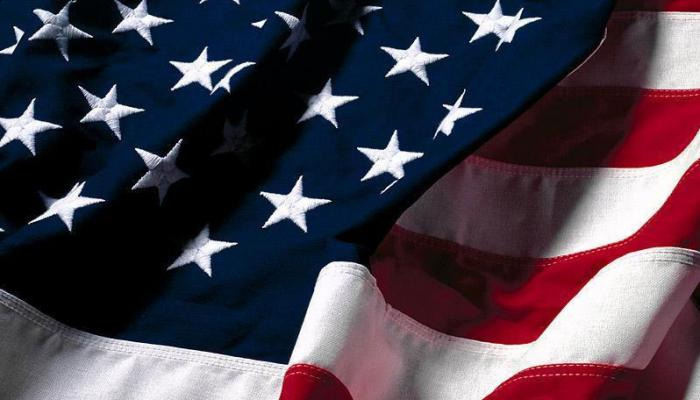2022 Outlook for US-China Relations
Professor Wu believes that while China and Russia are strengthening strategic cooperation, the U.S. is trying to link the eastern and western front lines in a strategy of coordinating its allies. The two Great Walls lie on the strategic fault lines where maritime and land powers collide. Taiwan and Ukraine are located in the most dangerous places lying between these areas of confrontation. While Ukraine has the advantage of having a sizable territory, Taiwan does not and so must be more cautious in handling cross-strait relations.
Professor Wu pointed out that cross-strait relations are already tense, based on the fact that the military has repeatedly engaged in street warfare exercises. I added that before there is urban warfare, I think there will be economic and political collapse, and the military’s line of defense will be broken. When the enemy is in the backyard, urban warfare will be the countermeasure. I also pointed out that in the face of the Russian military approaching Ukraine, the U.S. has said it will not deploy troops, which has made the U.S. strategy of strategic ambiguity toward Taiwan even more uncertain.
Since the Cold War ended, the U.S. has used its huge economic and military power to completely dominate the current international order. However, as the theory of imperialistic expansion indicates, when the U.S. is no longer able to retain total control, it must retreat from its farthest reaches. The withdrawal from Afghanistan and retreat from the Middle East are strategically necessary, and the U.S. has pivoted to an Indo-Pacific policy in dealing with China. From diplomacy with its allies and military alliances to ideology, the U.S. is creating the framework for a second Cold War to contain challenges from China.
Donald Trump and the Republican-controlled government did not want another confrontation with Russia in Eastern Europe. However, Joe Biden and a Democratic-controlled government have imposed sanctions on Russia for interfering in U.S. elections. In addition, since President Volodymyr Zelenskiy took office in 2019, he has taken firm action in Eastern Ukraine and strengthened military cooperation and increased military exercises with the U.S. in hopes of obtaining American support for Ukraine’s admission to NATO. President Vladimir Putin says this would give Russia no place to retreat and has requested draft security agreements and bilateral talks with the U.S.
For the U.S., 2022 began with bilateral talks with Russia and a boycott of the Beijing Winter Olympics*. As battle lines are drawn between the East and West, America’s ability to coordinate with its allies and develop strategies is being tested. Regarding its China policy, Kurt Campbell, the coordinator for Indo-Pacific Affairs on the National Security Council, gave two talks in D.C. at the beginning of January. Although he reiterated that the “One China” policy has not changed, he pointed out that China is a revisionist power that is attempting to change the system for its own benefit. He also confirmed that he would propose an Indo-Pacific economic framework as an economic strategy in the Indo-Pacific region.
This year, the U.S. should handle its relationship with China by consolidating opposing forces and by working to decrease tension. On the one hand, it will consolidate a cold war framework and integrate its policies with its allies. Based on the recent “two-plus-two” talks between the U.S. and Japan, as well as the Japan-Australia Reciprocal Access Agreement, U.S. allies in the Indo-Pacific are strengthening their efforts at bilateral defense and security cooperation. On the other hand, the U.S. will promote four U.S.-China working groups to address trade negotiations, climate change, strategic security and military considerations. If it can launch them in the first half of the year, the U.S. and China can keep their disagreements from becoming destructive.
Furthermore, at the end of last year, the U.S. passed this year’s National Defense Authorization Act, which includes $7.1 billion for the Pacific Deterrence Initiative. It also recommends that the Department of Defense conduct military training and exercises with Taiwan, invite Taiwan to join the 2022 Rim of the Pacific Exercise, and strengthen Taiwan’s asymmetric warfare capabilities.
Thus, there are four questions to watch in U.S.-China relations during the first half of the year: 1) Will the U.S. invite Taiwan to join the Rim of the Pacific Exercise? 2) Will the U.S. and China reduce tariffs and begin bilateral trade negotiations? 3) In addition to the trade group, will the other three working groups proposed in last year’s meeting between Presidents Biden and Xi Jinping be activated? 4) What Indo-Pacific Economic Framework will the U.S. propose?
Finally, three other external factors might influence U.S.-China relations this year: the changing situation in Ukraine, U.S. and global inflation, and North Korea. This year, because of the midterm elections in the U.S. and the 20th National Congress of the Chinese Communist Party, the U.S. and China will both focus temporarily on domestic politics and economics. However, a framework for confrontation has already been formed. With the changing situation in Ukraine, the U.S. continues to gather allies, and strategic cooperation between China and Russia is growing. As a new Cold War grows, this year’s international situation will remain unpredictable.
The author is the former deputy secretary-general of the Taiwan National Security Council and the executive director of the Taipei Forum Foundation.
*Editor's Note: Though the U.S. will not send an official delegation to the 2022 Winter Olympics in Beijing, U.S. athletes will be allowed to compete.

